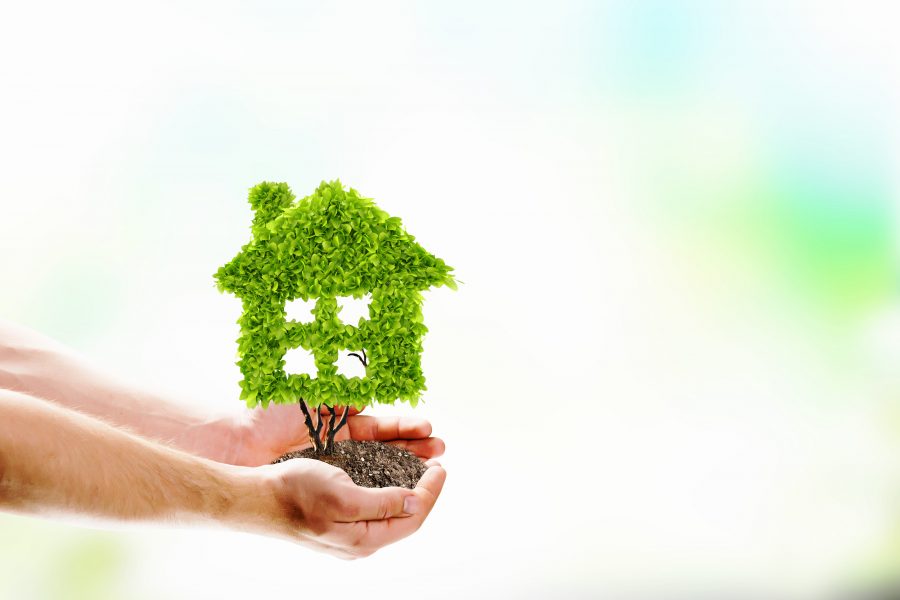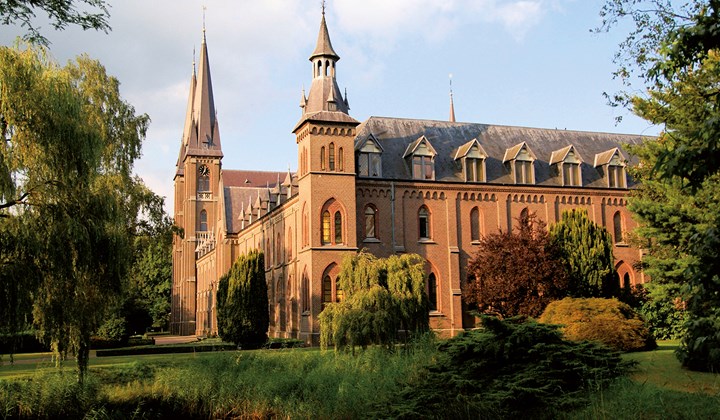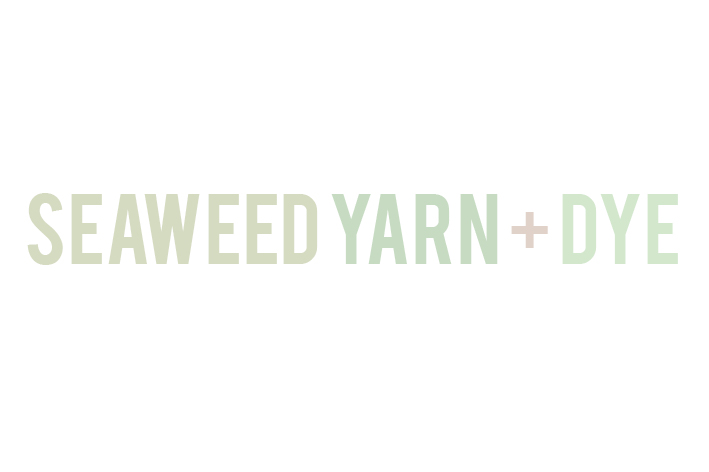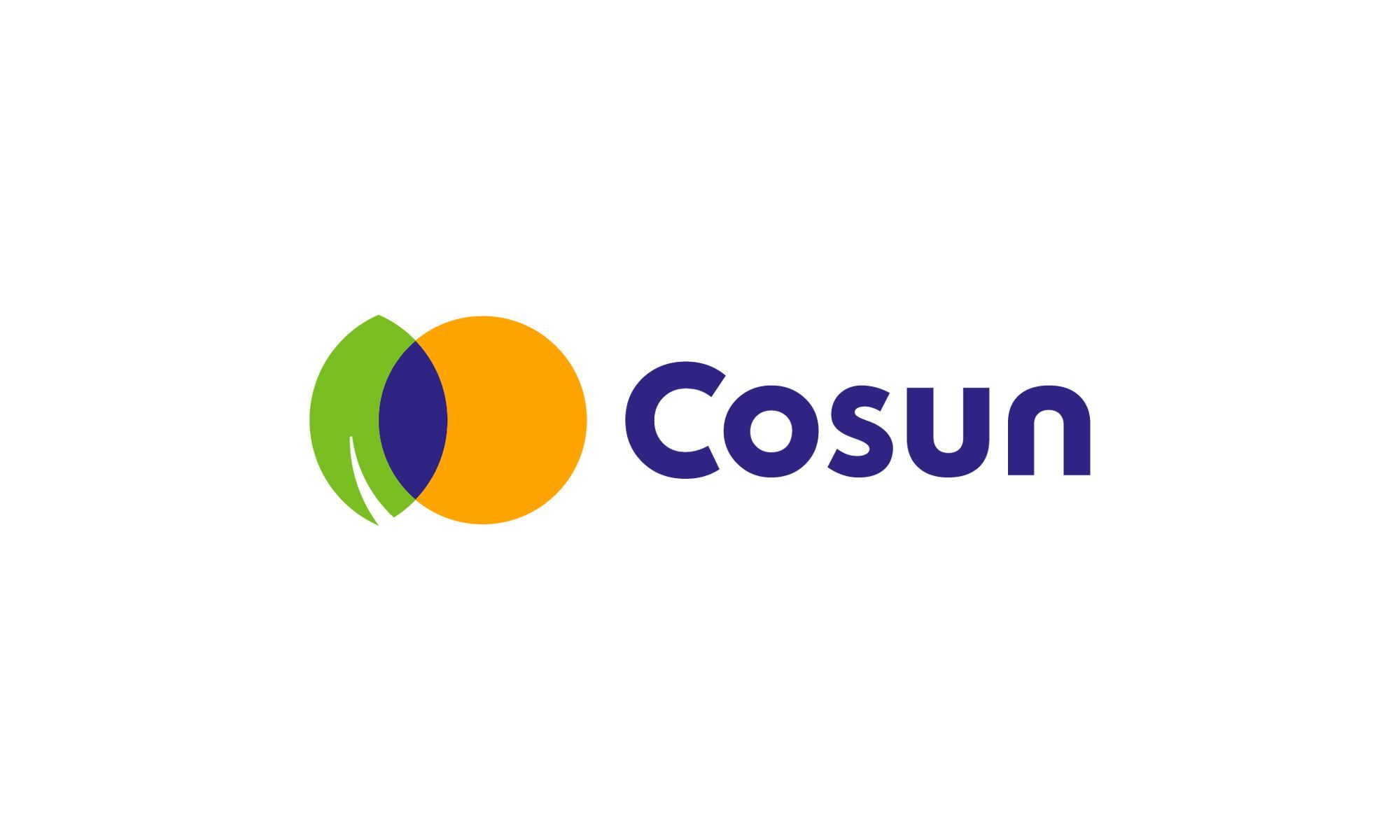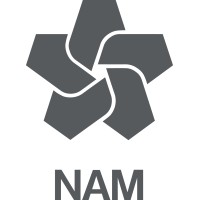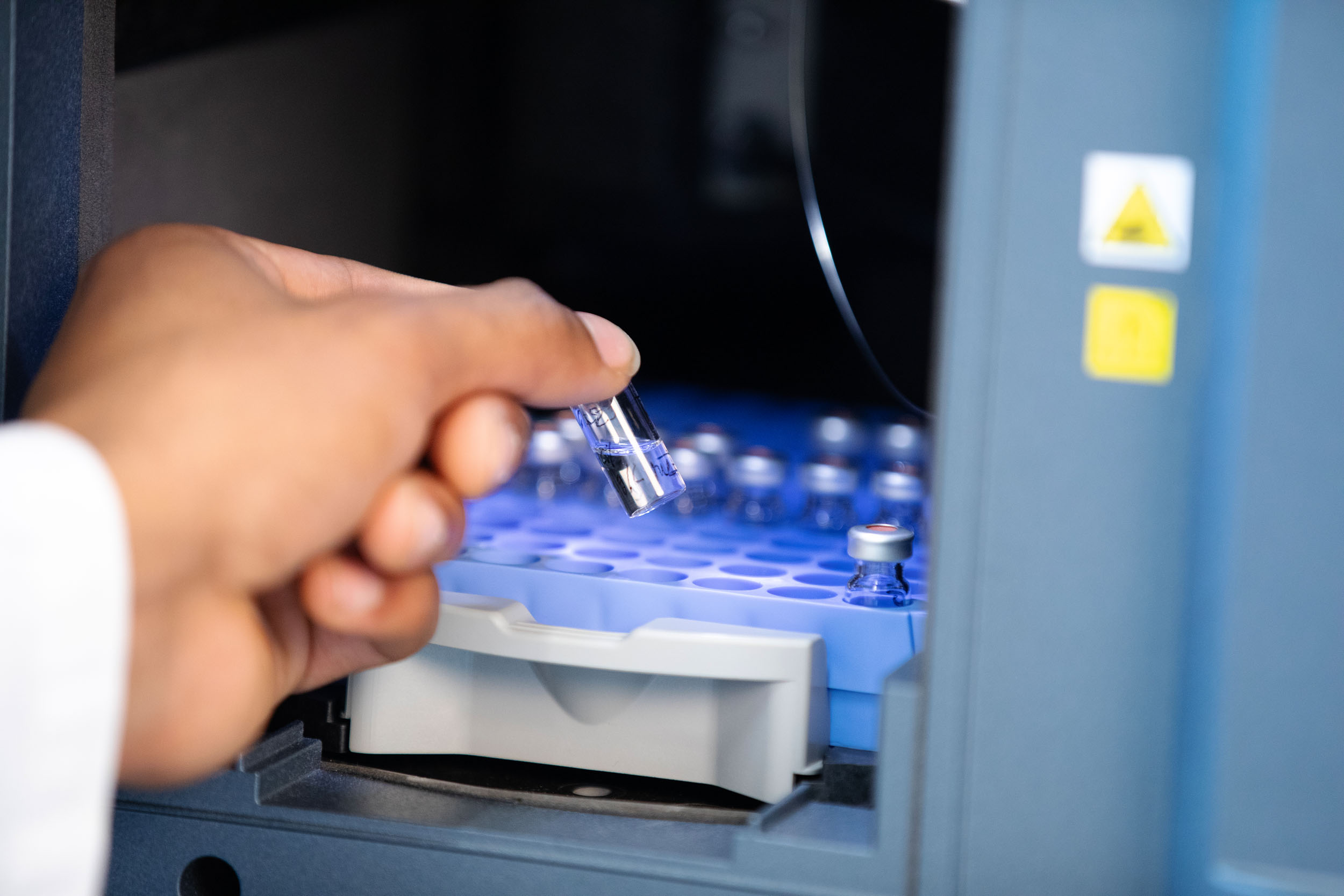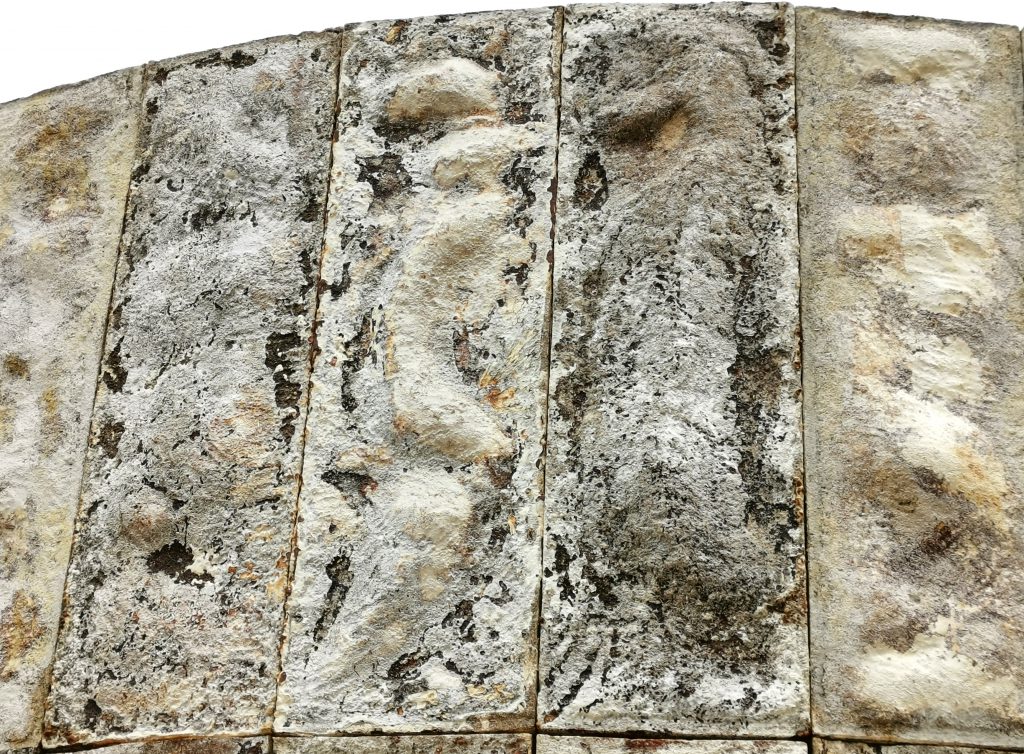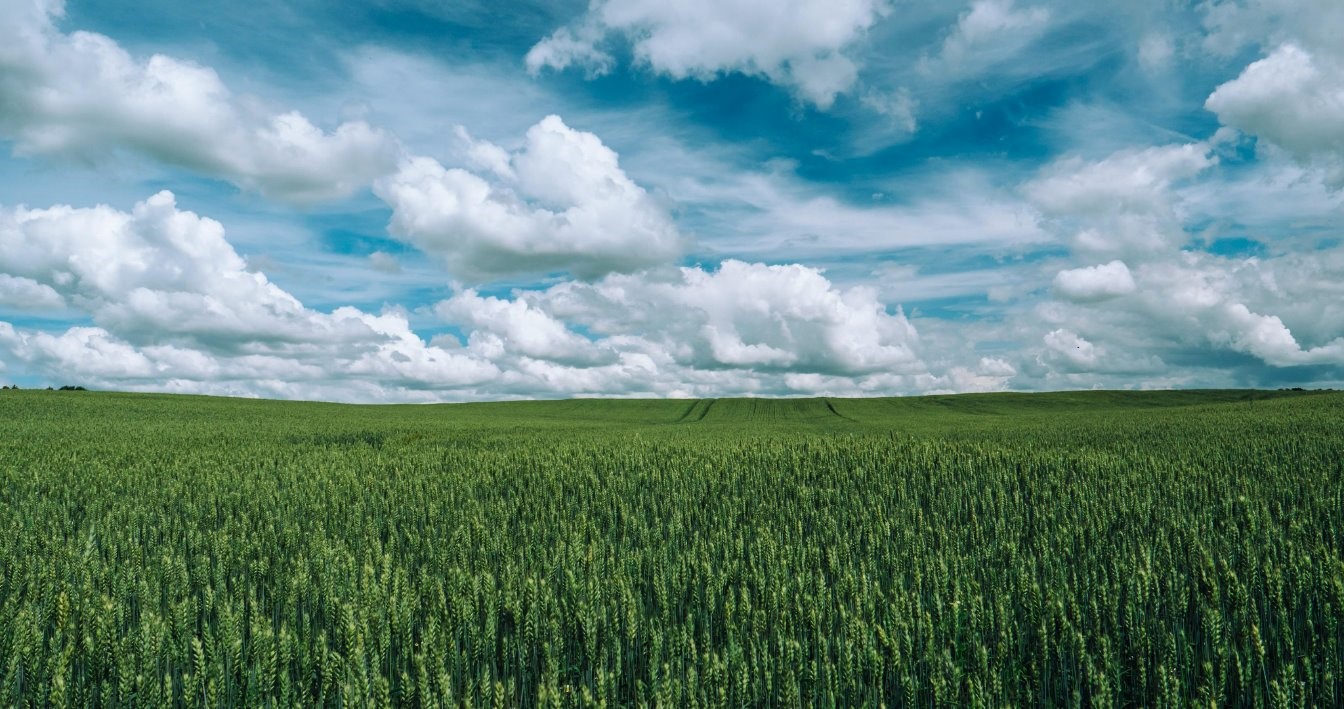The collected measurement results will indicate which advantages and / or disadvantages the use of certain materials and systems have caused. This exploratory research will also contribute to better measuring methods for the indoor climate.
Why biobased building materials?
For some time now, there has been a plea in the Netherlands for better insulation of homes and buildings. Insulation is one of the first important steps in energy saving. Better insulation of houses has the downside that the indoor air is no longer automatically refreshed. Creating and maintaining a healthy indoor climate is an important issue because on average we spend about 70% of our time indoors.
The use of responsible, biobased construction products for healthy living and working is nowadays increasingly consciously chosen by both architects and contractors. However, little information is available on the factors that influence indoor air. Measurement results from an actual living situation are often used.
Collaboration Hoedemakers, Isovlas and CoE BBE
For project partners Hoedemakers and Isovlas, this information can be important to support the development of their new concepts. In addition, to be able to demonstrate differences between the materials used and to find out to what extent the biobased materials contribute to a good indoor climate.
In this project, Avans University of Applied Sciences, Zeeland University of Applied Sciences and the Biobased Building research group, together with construction company Hoedemakers and Isovlas, intends to conduct an exploratory study into how best to collect the measurement results and information, are there measurable differences to demonstrate and what are the best measurement methods?
20181001 until 20190930




